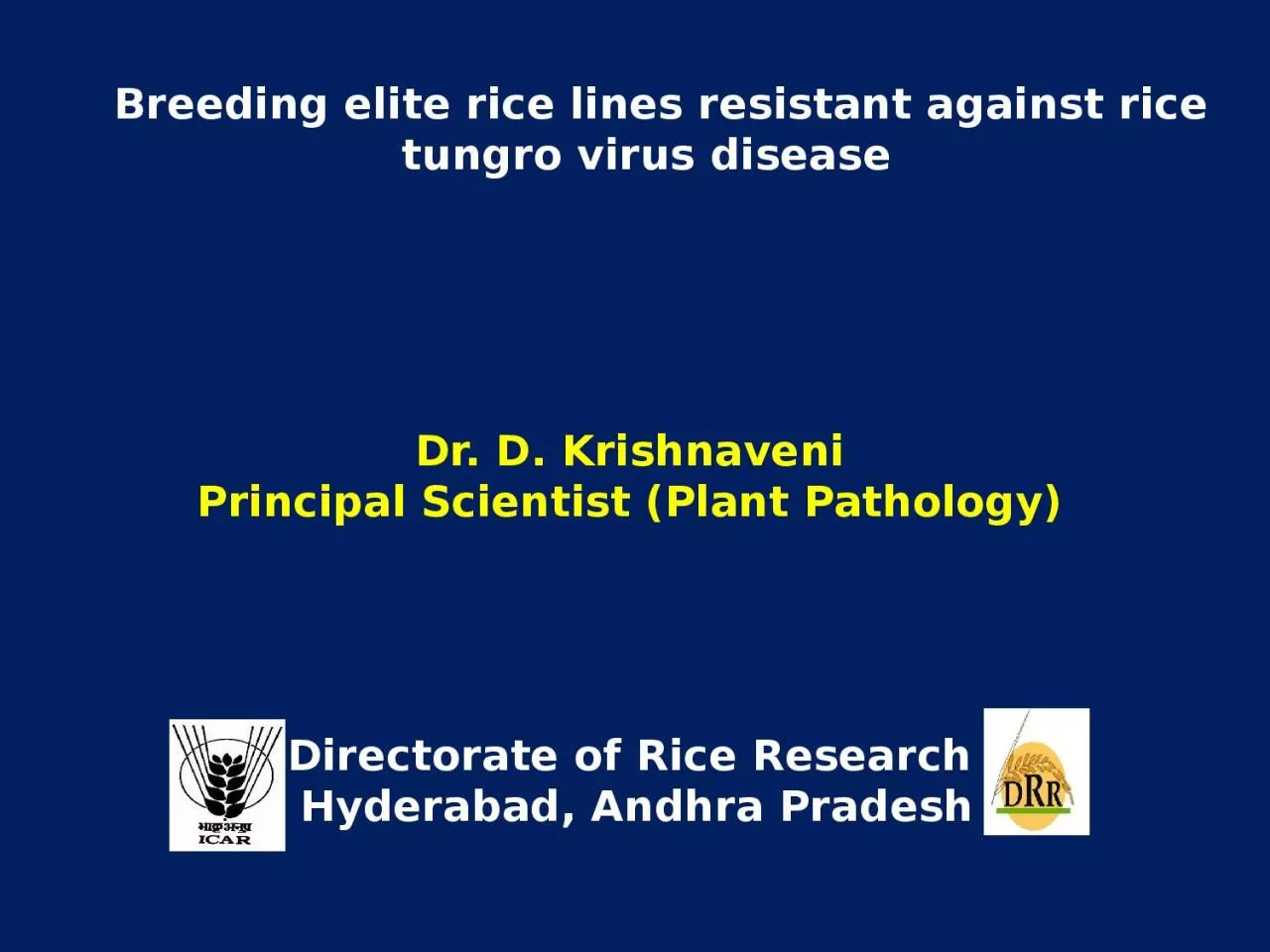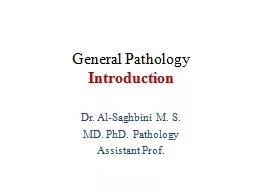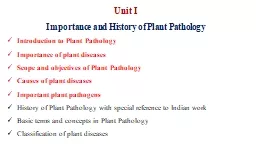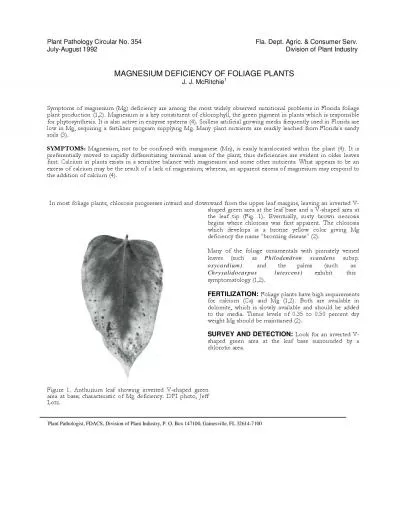PPT-Dr. D. Krishnaveni Principal Scientist (Plant Pathology)
Author : SultrySiren | Published Date : 2022-08-03
Directorate of Rice Research Hyderabad Andhra Pradesh Breeding elite rice lines resistant against rice tungro virus disease Rice is the most important food crop
Presentation Embed Code
Download Presentation
Download Presentation The PPT/PDF document "Dr. D. Krishnaveni Principal Scientist ..." is the property of its rightful owner. Permission is granted to download and print the materials on this website for personal, non-commercial use only, and to display it on your personal computer provided you do not modify the materials and that you retain all copyright notices contained in the materials. By downloading content from our website, you accept the terms of this agreement.
Dr. D. Krishnaveni Principal Scientist (Plant Pathology): Transcript
Download Rules Of Document
"Dr. D. Krishnaveni Principal Scientist (Plant Pathology)"The content belongs to its owner. You may download and print it for personal use, without modification, and keep all copyright notices. By downloading, you agree to these terms.
Related Documents














